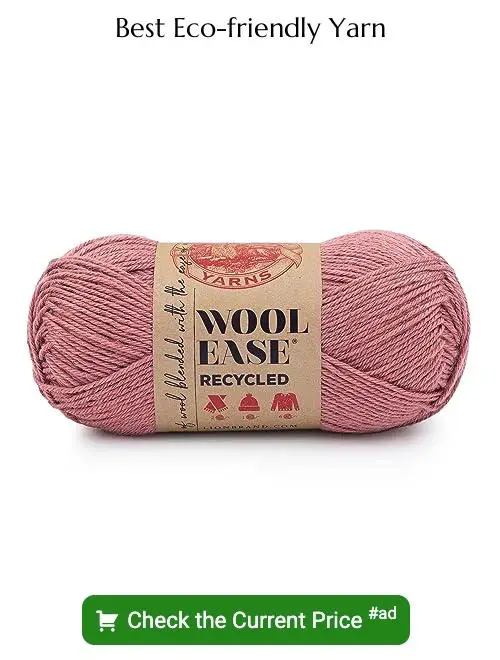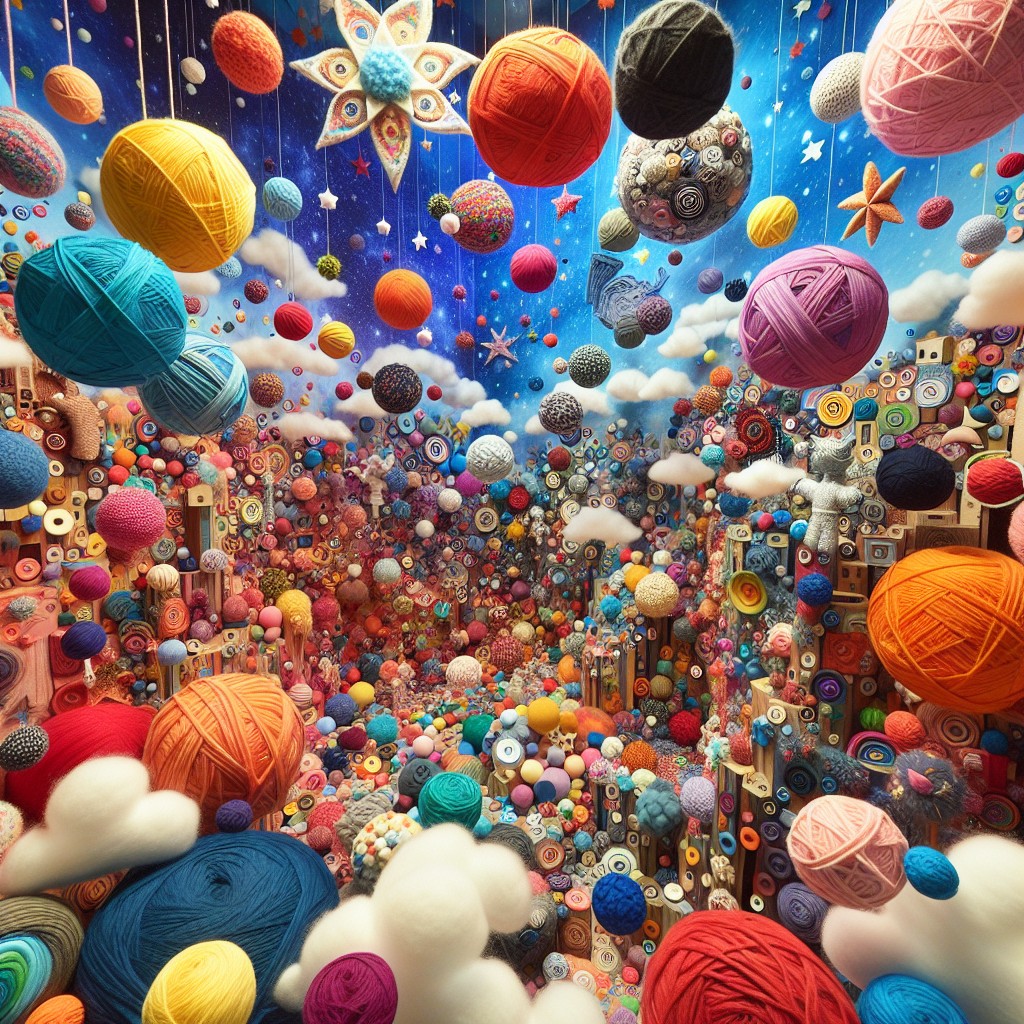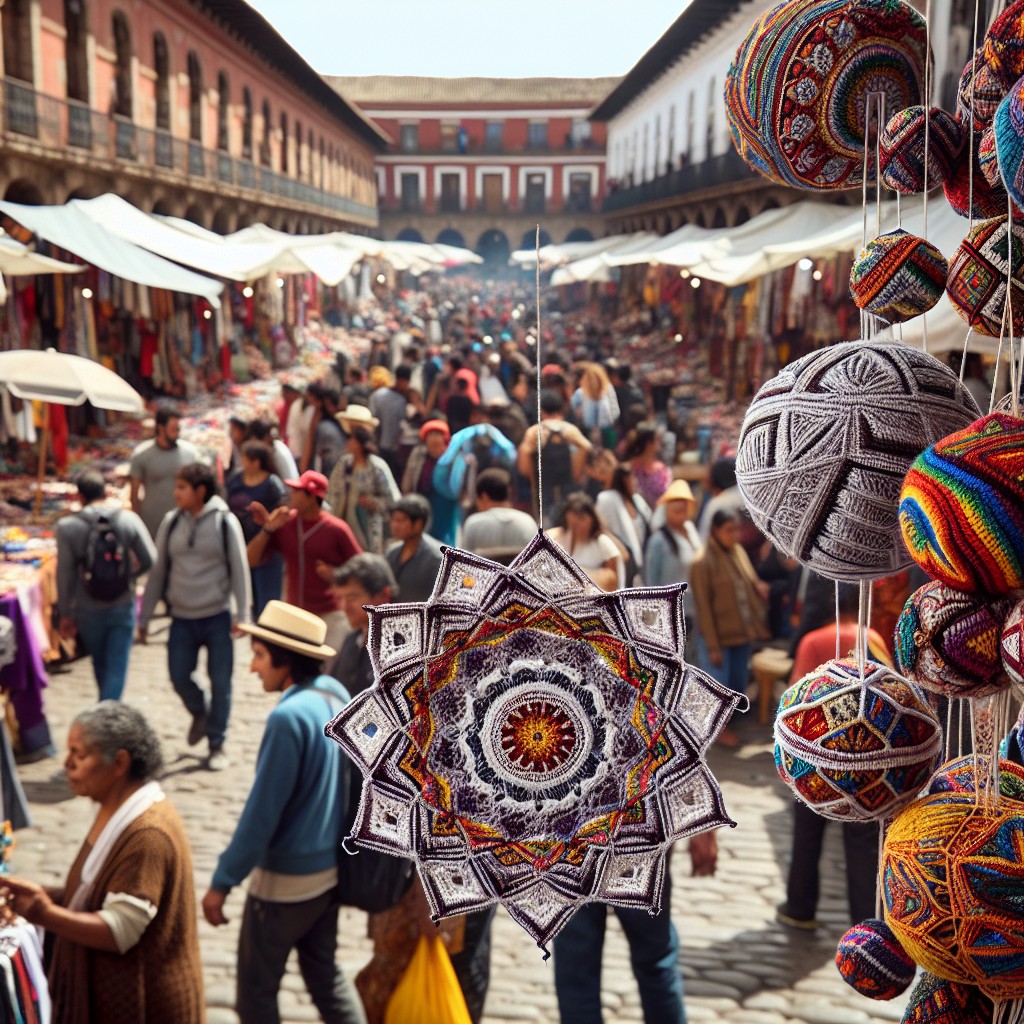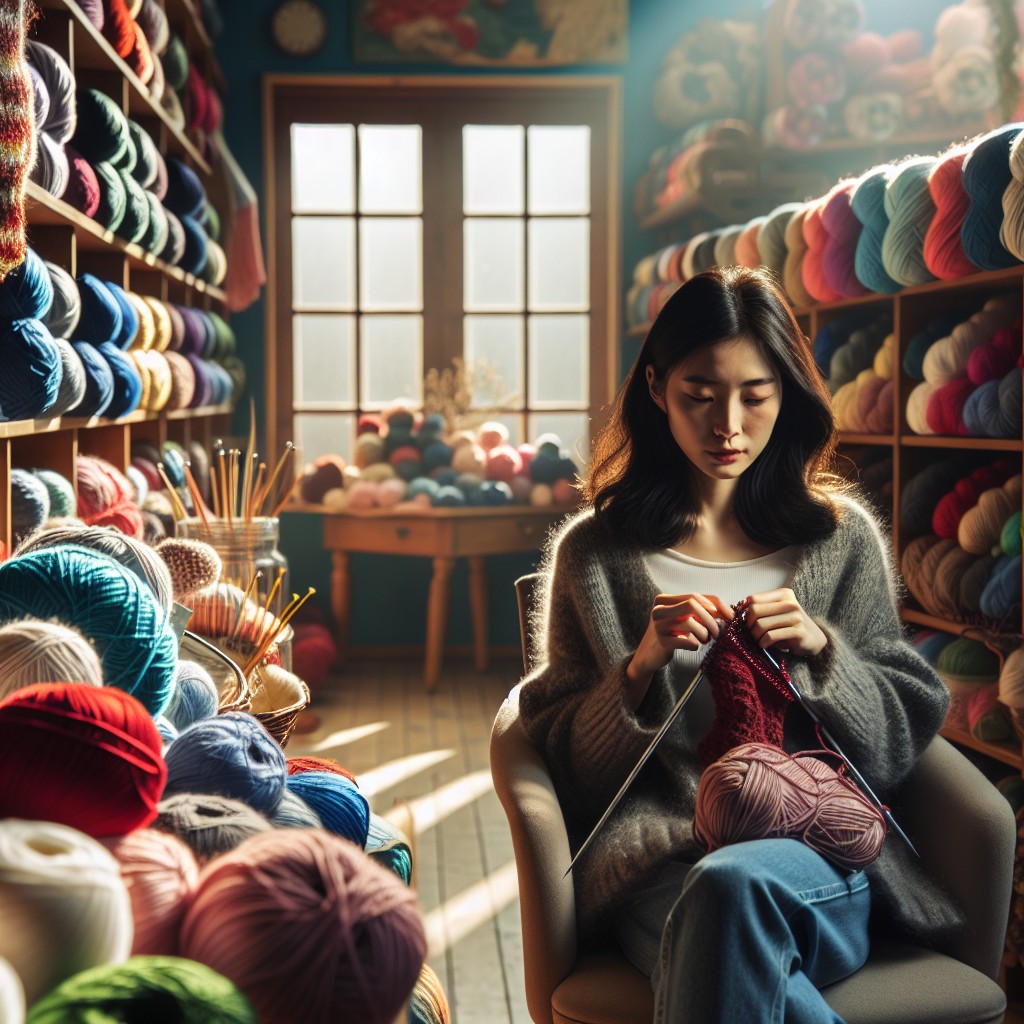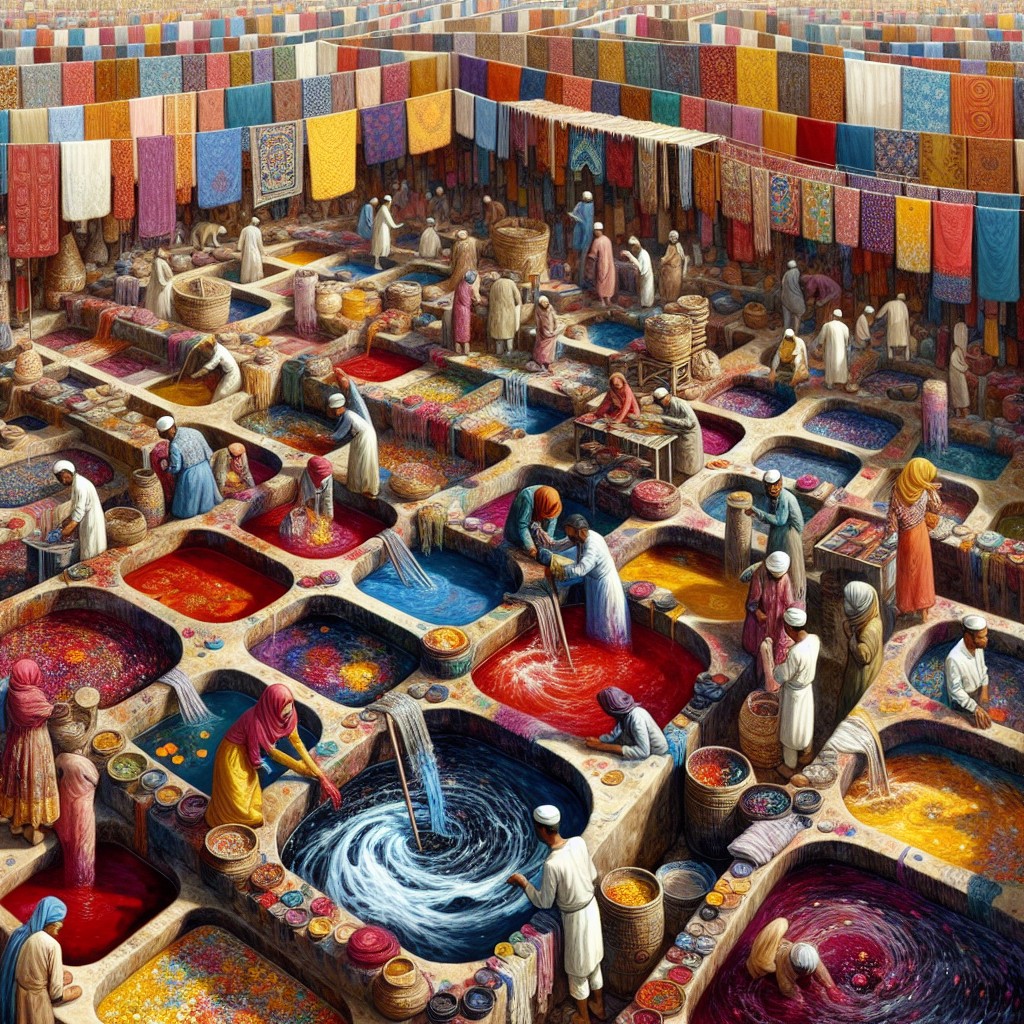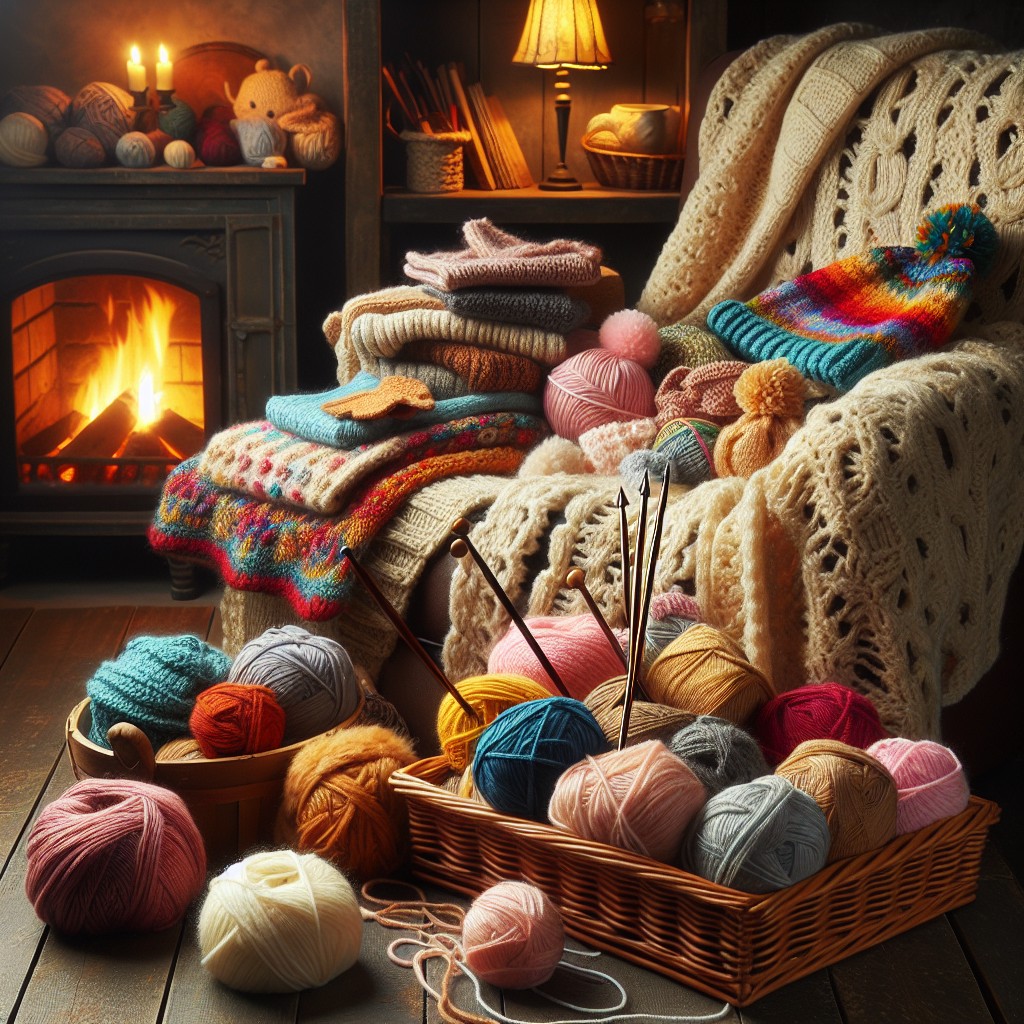Explore the world of sustainable yarn as we delve into fascinating statistics that highlight its growing popularity and importance in today’s environmentally conscious society.
The growing interest in sustainable practices has significantly impacted the yarn industry, with a notable rise in the production and use of environmentally-friendly yarns.
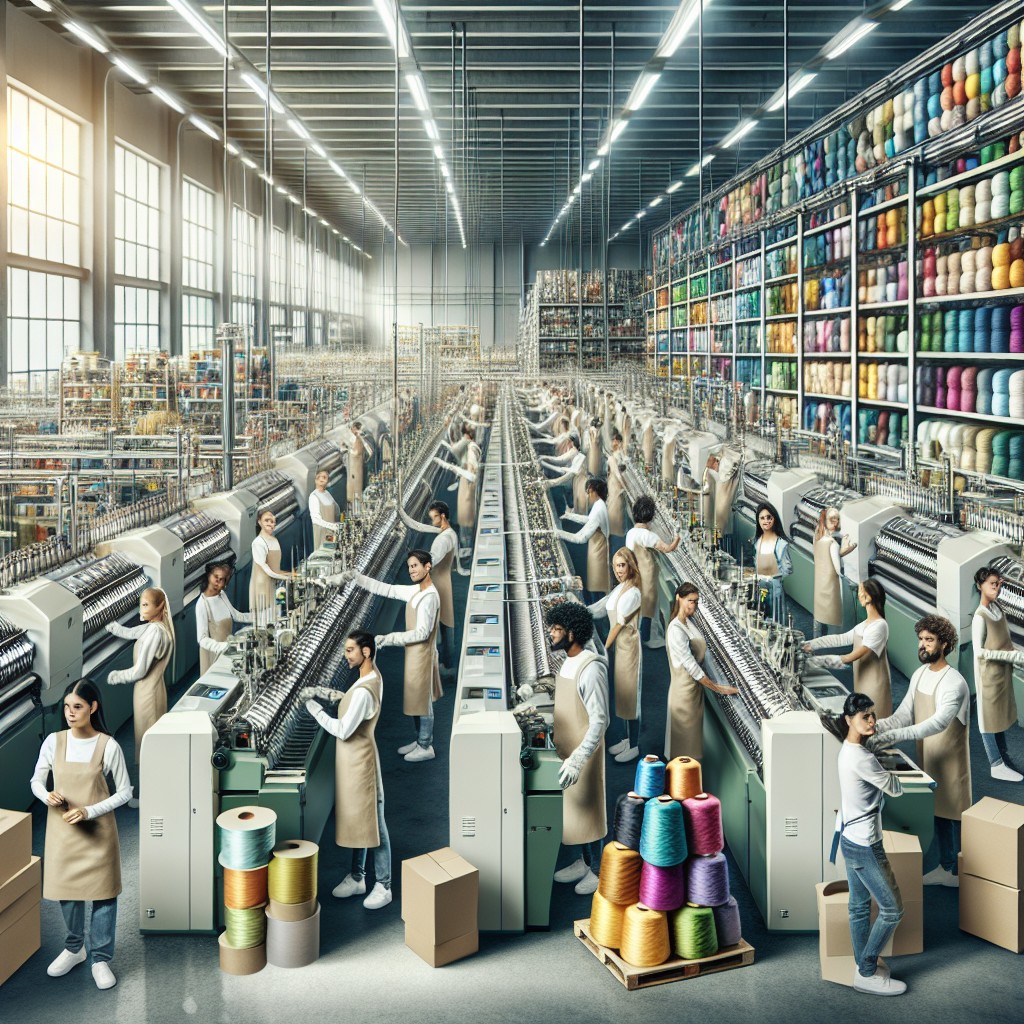
This article delves into the comprehensive statistics of sustainable yarn, covering aspects such as market growth, consumer preferences, and the impact on the environment.
Here, you’ll find an in-depth analysis of the shift towards sustainable yarn, the driving factors behind this change, and the future projections for this sector.
Stay tuned for a detailed exploration of these statistics and the comprehensive insights they provide into the world of sustainable yarn.
The global recycled yarn market is expected to grow 6.3% CAGR in the 2023-2029 period
This upward trend stems from a rising environmental consciousness among consumers that has fueled demand for sustainable and ethically produced materials. Significantly, manufacturers are responding by sourcing more recycled fibers and creating innovative, quality yarns that meet high environmental standards.
This dynamic is likely to accelerate in the coming years, as more players in the knitting and crochet world make sustainability a cornerstone of their operations.
The forecasted Compound Annual Growth Rate (CAGR) of 6.3% demonstrates the growing recognition of importance and the real impact of sustainable alternatives in the textile industry.
The yarn market is estimated to be worth US$4391.8 million and expected to be worth US$6 769.5 million by 2029
Displaying robust growth prospects, the available data suggests that the value of the global yarn market will enjoy a substantial rise within the next few years.
Striking advancements will see the present market worth of approximately US$4391.8 million projected to reach a significant value of US$6769.5 million by 2029.
This notable increase is an indication of the accelerating demand for yarn worldwide.
A yarn is recycled when it has over 20% recycled fiber
Recycled yarn has an important role in sustainable yarn production. To be classified as such, the yarn must contain at least 20% recycled fiber. Recycled fibers can come from various sources, including post-consumer waste like discarded clothing or home textiles, and pre-consumer waste such as scrap materials from textile manufacturing. Utilizing these waste materials not only reduces landfill but also lessens resource consumption and energy use in yarn production, enhancing the overall sustainability of the textile industry.
Sustainable yarns help reduce 1.7 million tons of carbon dioxide produced by the textile industry yearly
Through their production and use, sustainable yarns significantly contribute to the fight against climate change. They help decrease greenhouse gas emissions such as carbon dioxide, which can cause harmful changes to our planet.
In fact, the implementation of these eco-friendly alternatives in textile manufacturing reduces the industry’s carbon dioxide output by an impressive 1.7 million tons each year. This substantial reduction is achieved thanks to the energy-efficient practices used in the processing of sustainable yarns, as well as their lower reliance on virgin resources.
Research shows that machine-washable yarn biodegraded quicker than non-treated wool
Studies have demonstrated the encouraging potential of machine-washable yarn in realizing a more sustainable future for knitting and crocheting. The most notable finding reveals an unexpected advantage: its enhanced biodegradability compared to traditional non-treated wool.
The process involved in making wool machine-washable includes removing the scales on wool fibers, which tends to increase the degradation rate when subjected to natural environmental conditions. This benefit aligns well with efforts toward reducing textile waste, one of the major environmental challenges of our time. Notably, this accelerated degradation does not affect the durability or lifespan of the yarn during its use.
It’s an exciting development in sustainable crafting; machine-washable wool embodies practicality and care for the environment, appealing to both beginner and veteran crafters.
Adding 30% recycled cotton helps maintain the USP level for yarn evenness
When producing sustainable yarn, the addition of recycled cotton proves beneficial. Specifically, incorporating a proportion of 30% into the mix is observed to uphold the Uniformity Index. This key measurement, often denoted as ‘USP‘ or ‘U%‘, signifies the evenness of yarn, a critical factor affecting its strength and overall quality.
Therefore, while pushing for ecological responsibility in yarn production, this cotton inclusion ensures no compromise on the texture and consistency that knitters and crocheters highly value.
Wools and yarn can bend up to 20,000 times before breaking
The resilience of wools and yarns is impressive. This can be largely attributed to their structural flexibility. An outstanding characteristic is their ability to withstand repeated bending. In fact, they can stand up to an incredible 20,000 bends before experiencing breakage. This remarkable durability contributes to their longevity, making them a sustainable choice for knitting and crocheting enthusiasts. The inherent strength also ensures that the finished product will withstand wear and tear, adding to the lifespan of the end product.
Yarn prices depend on the kind.
Several factors determine the cost of a yarn skein, including the fiber type, production method, and brand. Silk yarns often come with a higher price tag due to their luxurious quality and the labor-intensive process of harvesting silk. On the other hand, acrylic yarns, created through a chemical process, tend to be more affordable and widely available.
Some brands might have higher prices if they follow eco-friendly practices or fair trade policies during production. Organic cotton or wool from free-range, ethically treated sheep will likely cost more than conventionally produced counterparts.
Finally, artisanal, hand-dyed or spun yarns usually come with a premium price due to the skill, time, and creativity involved.
Understanding these aspects will allow you to make a more informed decision when purchasing yarn, by balancing quality, sustainability, and budget constraints.
Ombre yarns have an average price range of $15-$30 for individual skeins
Often used to create visually striking patterns, ombre yarns boast an array of colors, each seamlessly transitioning into the next.
These qualities, combined with the material’s unique ability to add a high-end feel to any project, account for the premium they command.
Individual skeins typically fall within a $15-$30 price range.
This may vary slightly depending on factors like brand, material, and the complexity of color gradients involved.
Despite seemingly expensive, the aesthetic appeal and distinctive effect they bring to the finished project often outweigh the cost consideration for many craft enthusiasts.
Bamboo yarn is the most popular kind in the market today
Emerging as a preferred choice for many, bamboo yarn offers a myriad of properties that set it apart. Renowned for its softness, it poses as an ideal choice for garments worn close to the skin. Offering thermal regulating properties, it keeps the wearer warm during winter and cool during summer. It is also noted for its moisture-wicking qualities, ideal for workout apparel, keeping the user dry and comfortable.
In addition to comfort, bamboo yarn is celebrated for its eco-friendly advantages. Bamboo, being one of the fastest-growing plants, requires less water than cotton and doesn’t necessitate harmful pesticides or fertilizers, making it a sustainable option.
Finally, bamboo yarn is hypoallergenic and antimicrobial, which deters odors and germs. All these combined factors contribute to the heightened demand and popularity of bamboo yarn in the market today.
References:
- https://www.texspacetoday.com/
- https://www.textilegence.com/
- https://environment.co/
- https://www.americanwool.org/
